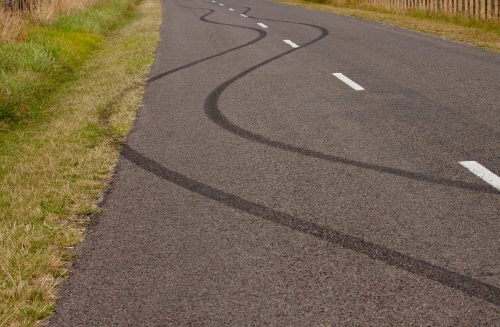A better understanding of the phenomenon of friction and the way lubricants work may lead to the development of new technologies and methods of operation, both in the world of medicine and in industry

Many of the everyday "creaks" - whether it is a rotating shaft or the sound produced by a violin when a bow slides on its strings - results from two surfaces sliding against each other in a non-continuous movement of sticking and sliding, called stick-slip. Until recently, in this context, a common model prevailed which went as follows: when there is a thin layer of lubricant between the surfaces, usually, when the surfaces adhere, the layer of lubricant is solid; But when sliding it becomes liquid; It will become solid again when the surfaces stick together again, and God forbid. However, a research collaboration between the research group of Prof. Jacob Klein, from the Department of Materials and Surfaces at the Weizmann Institute of Science, and Prof. Aryeh Yardaur from Tel Aviv University - whose findings were recently published in the scientific journal "Records of the National Academy of Sciences of the United States" (PNAS ) – showed that this model is incorrect.
The research group, in which research student Irit Rosenhack-Goldian and research colleague Dr. Nir Kempf participated, examined the adhesion and sliding mechanism in an ideal system: two completely smooth surfaces, between which is a thin layer of lubricant, the molecules of which are arranged in layers, with a thickness of four to five nanometer. As mentioned, the accepted assumption was that during sliding, the lubricant between the two surfaces will become more liquid, and when the system moves to a state of adhesion - it will solidify. "Since solid materials are denser than liquids, we thought that if the lubricant became more liquid, the thickness of the layer between the surfaces would increase by about ten percent," says Prof. Klein. But the measurements revealed a surprising result: the distance between the two surfaces did not change during the friction, within the accuracy range of 0.1 nanometers, and therefore the scientists concluded that the lubricant does not become liquid.
A better understanding of the phenomenon of friction and the way lubricants work may lead to the development of new technologies and methods of operation, both in the world of medicine and in industry.
